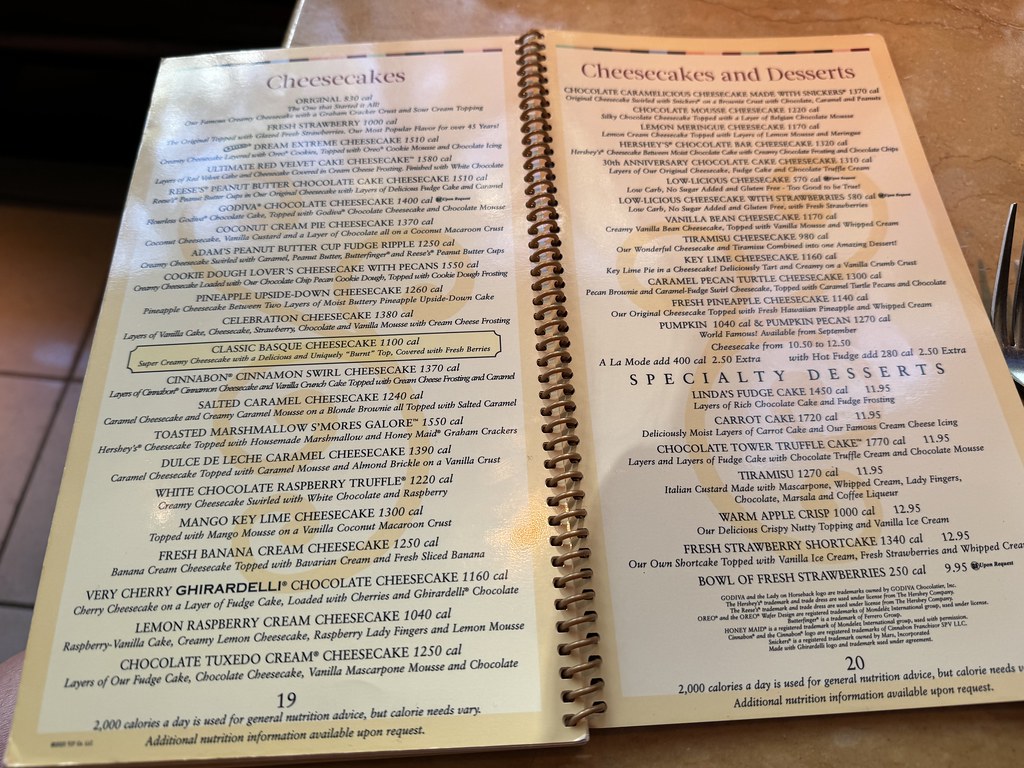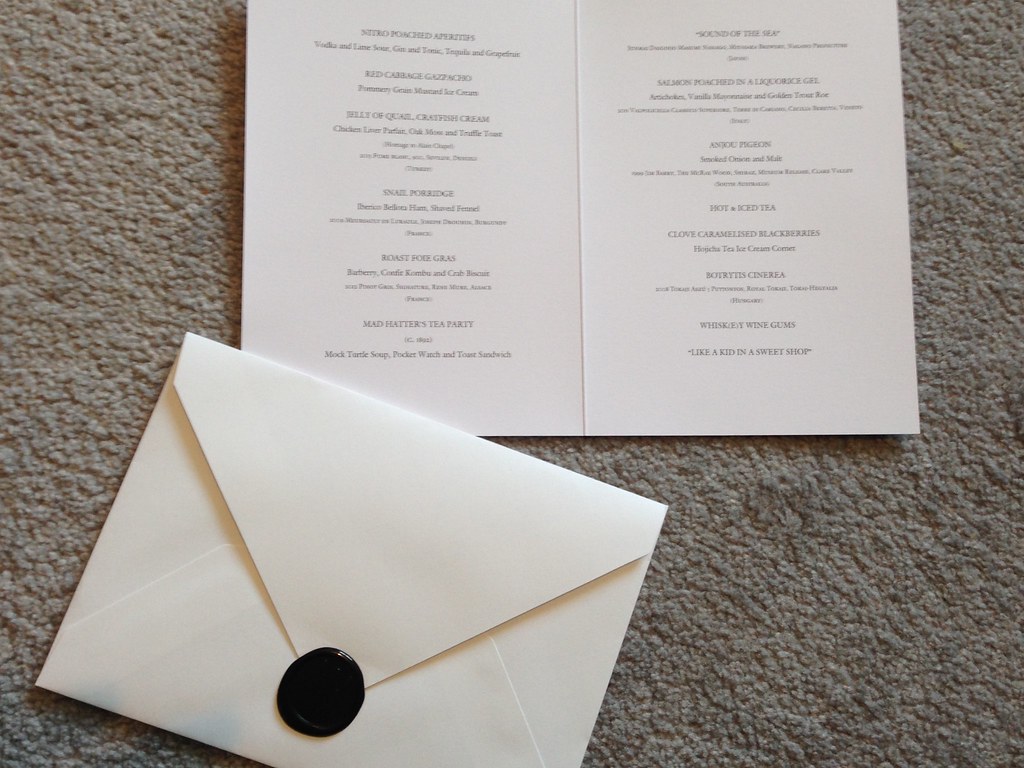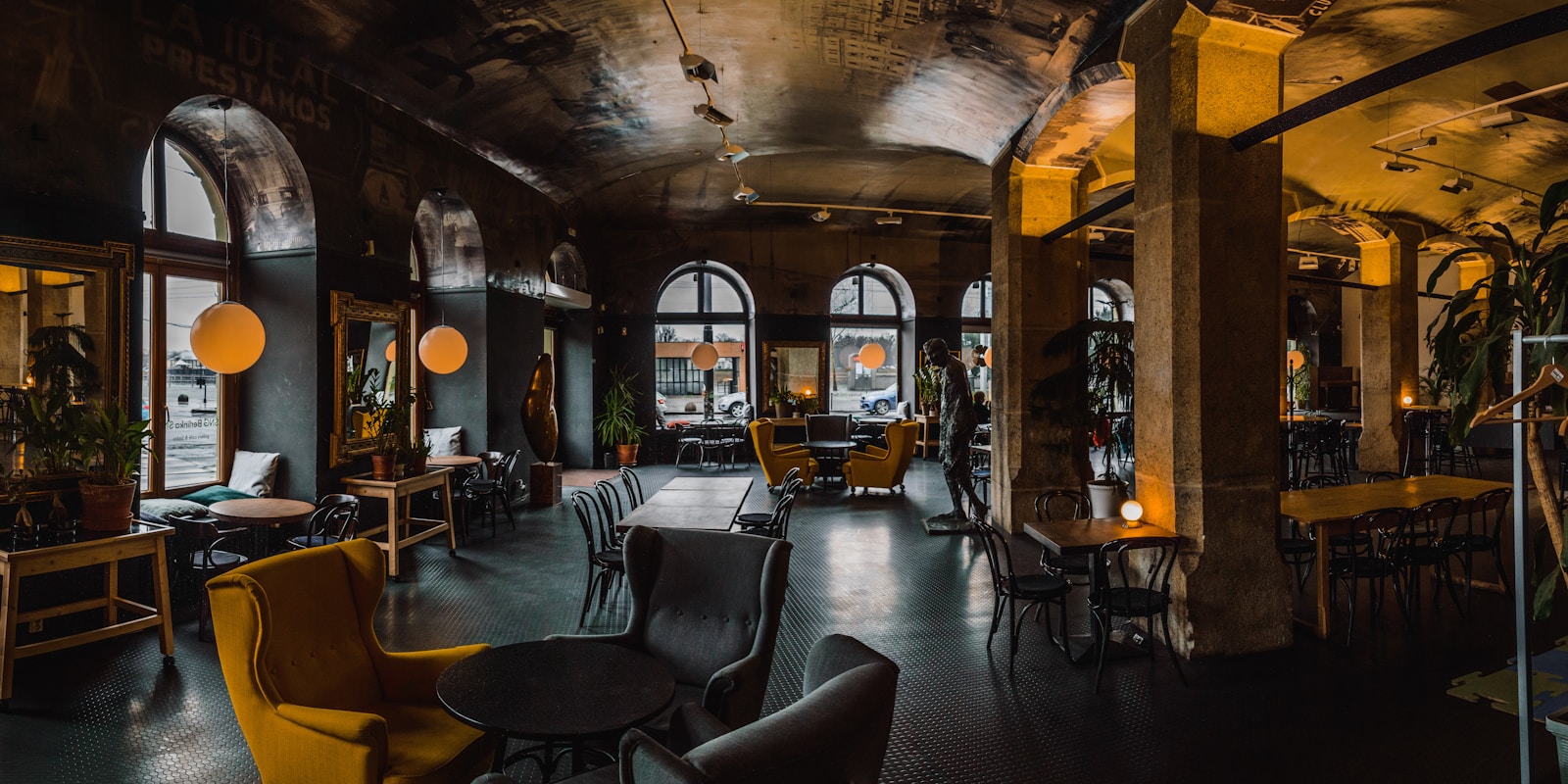Hi, I’m James. Thanks for checking out Building Momentum: a newsletter to help startup founders and marketers accelerate SaaS growth through product marketing.
Hello – it’s been a while, but I’m getting back into regular writing on Building Momentum. It’s been a crazy few years in my day job! At some point I’ll write about what I’ve learnt about scaling product marketing through obscene revenue growth, moving from single-product to multi-product, and the business change management required to support that.
But for now, I hope to get back into weekly posts. If you have any topics you’d like me to cover, drop me a message.
Get my new free positioning course
Over the holidays, I created Stand Out in 7 Days – my new free positioning course to help you go from drab to fab.
In just 7 days, you’ll learn how to:
✔️ Clarify your unique value
✔️ Build messaging that grabs attention
✔️ Attract the right customers (and close more deals)
It’s packed with actionable insights, templates, and tips from my 15+ years of product marketing and positioning experience.
Sign up today and your first lesson will land in your inbox immediately.
The Fat Duck. Dinner. Sublimotion. Oaxen Krog. Geranium. The Jane. Momofuko Ko.
Believe it or not, they’re not made up words. They’re the names of some of the world’s hottest, most acclaimed restaurants in the world.
If you’ve ever been to a Michelin-starred restaurant, you’ll be familiar with one particular feeling. You’ll get there, look at the menu, and you consciously plan to get a McDonald’s on the way home.
The portion sizes are tiny. The menu is limited. Adaptations are rare; off-menu requests are often not allowed.
And yet… these restaurants are consistently booked out. You have more luck getting into Harvard than getting a booking at French Laundry. Diners willingly pay premium prices for what might feel, at first glance, like a constrained and rigid experience.
Why? Because those constraints are what make them extraordinary. The way the chef has designed the menu, the dishes, the entire experience transmits and embodies the positioning of the restaurant.
If the definition of positioning is to “occupy a space in the mind of your customer”, these restaurants are renowned for crafting an identify that’s impossible to overlook.
Unlike your casual fast-food takeouts, chain eateries, or gastropubs, these restaurants don’t deign to cater to everyone. They don’t serve spaghetti alongside sushi, or offer endless variations.
Instead, they focus on a few curated dishes. They refine each one until it’s unforgettable (and therefore, occupies a space in the mind of the customer). The scarcity of a limited menu, refined portion sizes, and the year-long waiting list, create value.
How is this relevant to B2B SaaS product marketing? Well, the same principles apply in competitive positioning.
In this post:
Be more Fat Duck, less Cheesecake Factory
The Cheesecake Factory is a marvel of indecision. It’s 20 pages of options, with everything from Tex-Mex to Italian, burgers to brunch. It caters to everyone because their target customer is, well, everyone.

Let’s compare this to The Fat Duck: a three-Michelin-starred restaurant known for its experimental, multi-sensory approach to dining that’s designed to evoke nostalgia, surprise, and delight.

From the playful “Sound of the Sea,” where seafood is served alongside an iPod playing ocean sounds, to the whimsical meat fruit designed to look like a mandarin, every dish is a masterclass in storytelling, precision, and refinement.
Every detail from the ingredients to the presentation is deliberate, reinforces a distinct identity (a position) that lingers in the customer’s mind long before they arrive, and long after they leave.
In SaaS, trying to cater to everyone with every feature or use case often leads to diluted messaging and unclear value propositions. Just like The Cheesecake Factory’s sprawling menu, this approach makes it hard for customers to see what makes you special and why they should choose you.
What this can teach us about B2B product marketing
The magic of Michelin-starred restaurants lies in their clarity. What they do not do is as important, if not more important, than what they do.
To stand out, you can’t be everything to everyone
It’s so tempting to spray-and-pray multiple use-cases in the early days to get traction and try to see what lands. I’ve known CROs who pitch ten different versions of the same product each day – just don’t tell the product team.
This is a disservice not just to your product, but to your entire business strategy. You don’t learn anything.
Instead (and let’s be honest, this is so basic but everyone needs a reminder), you need to:
- Understand the market (and by market, we mean a group of customers with similar needs)
- Identify their underserved needs
- Craft a solution that meets their needs better than anyone else
Simple, right?
The more clear you can be on what you do, for whom, and what they get from it, the faster you’ll learn and the more effective you’ll become.
Refine like your business depends on it (well, it does)
It’s important to test your strategy, not just whether you can build, market, or sell something.
My friend, PMM life partner, and fellow GTM Playbook course instructor Alicia is one of the most holistic, iterative product marketers I know when it comes to GTM strategy. At multiple companies, she’s helped them learn the right go-to-market mix of customers, product, pricing and positioning they need to grow successfully.
Check out the interview below to find Alicia’s tips on defining and validating your ideal customer profile.
This is probably my favorite point from the interview: In customer development interviews, you need to ask open-ended questions about the customer’s challenges, priorities, and decision-making processes, not just what they think of your product.
Why? You need to solve a customer need, but you need to make sure someone has the capabilities and motivations to solve them in the first place. For example, in the climate tech space, Alicia validated that fintech companies were interested in sustainability, but couldn’t move fast enough – so tested a different industry and saw just as much engagement with a faster sales cycle.
Positioning is strategy, and everything is your product
Whether it’s the iPod experience at Fat Duck, the luxury at Geranium, or the choreographed movement of the waiters at Eleven Madison Park, your positioning shows up in every detail.
It’s not just your website or your sales deck you need to think about. Your positioning influences how your sales reps talk to customers, the attitude they use on the phones. It changes the way your partners represent you to their customers, how your website agency design your site, and how recruiters hire new colleagues into your business.
So you’d better work hard on it and make sure it’s optimized around your best-fit customer.
And from your customer’s perspective, they don’t just buy your product. Especially if it’s SaaS, they’re not buying access to some code. They’re buying the entire experience around it. They’re buying into your sales process, constantly evaluating whether it’s worth their time in a thousand microdecisions every conversation. They’re buying your customer service, with trust as their currency of choice. They’re buying status, and whether deploying your software is going to earn them a promotion.
So when it comes to refinement, make like an obsessed executive chef.
Be proud of what you do (and spin your tiny menu)
In tough competitive evaluations and RFIs, not having certain products or features can cost you marks. But that’s not a reason to give in.
Say, for example, there’s a prospect looking for 10 different features. You only have 7 of their key needs, while a competitor can deliver on all 10. Does that mean you should give up, decry your product a failure, and reduce your ambitions?
Absolutely not.
Your business chose to focus on those 7 features for a reason. As a product marketer, sales rep, or product manager it’s your job to make sure that reason is clear, known, and can be communicated with confidence.
Remember: Michelin-starred restaurants have tiny menus for a reason. When you focus on what you do best and communicate it with confidence, you’ll leave a lasting impression… just like a perfectly curated dining experience.
Thanks for reading! Let me know what you thought – find me on Twitter and LinkedIn.
P.S. If you’ve found value in Building Momentum, could you buy me a coffee? Here’s my tip jar – any support is gratefully appreciated!
P.P.S: If you enjoyed this post, will you share Building Momentum with your network?




